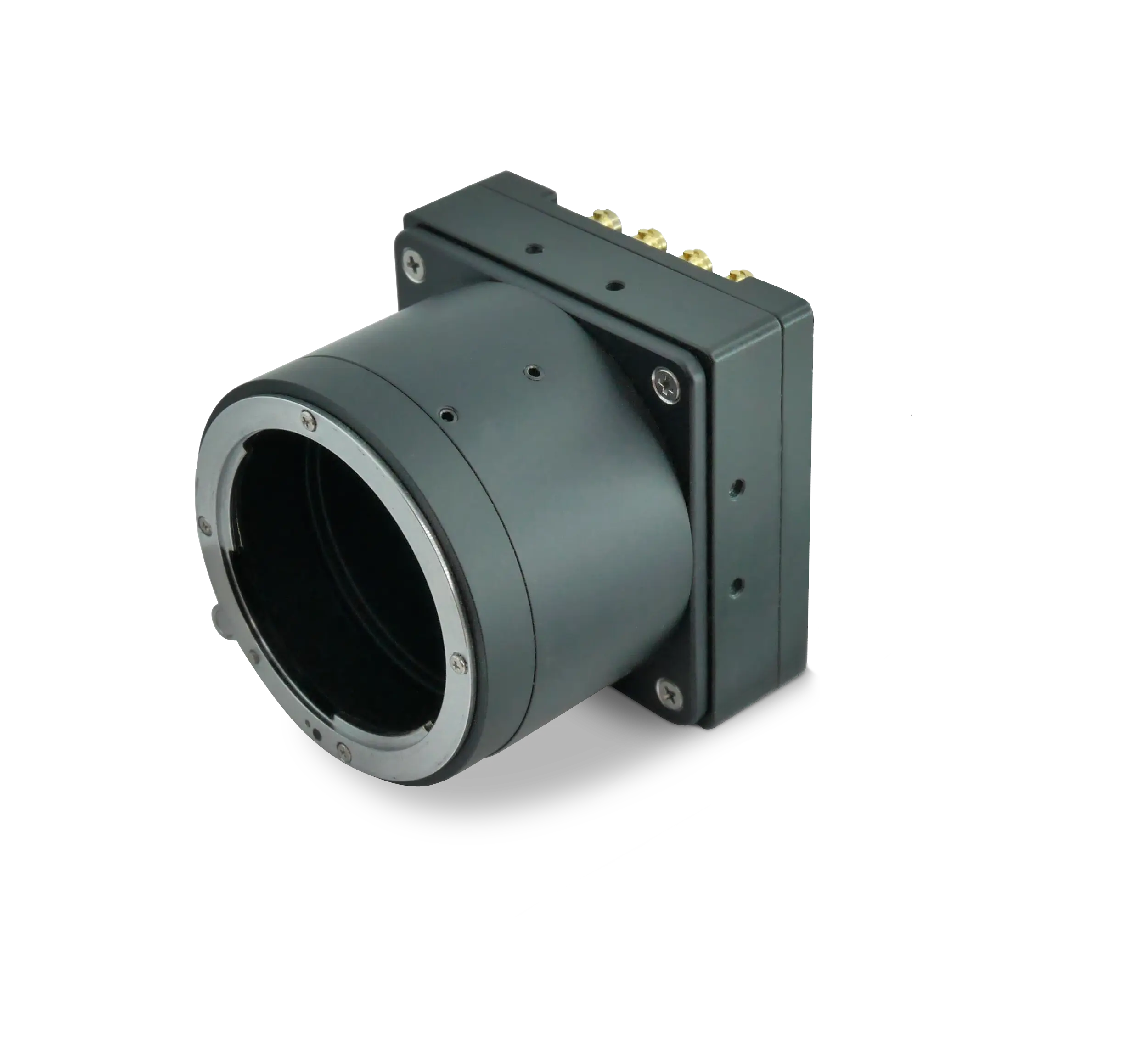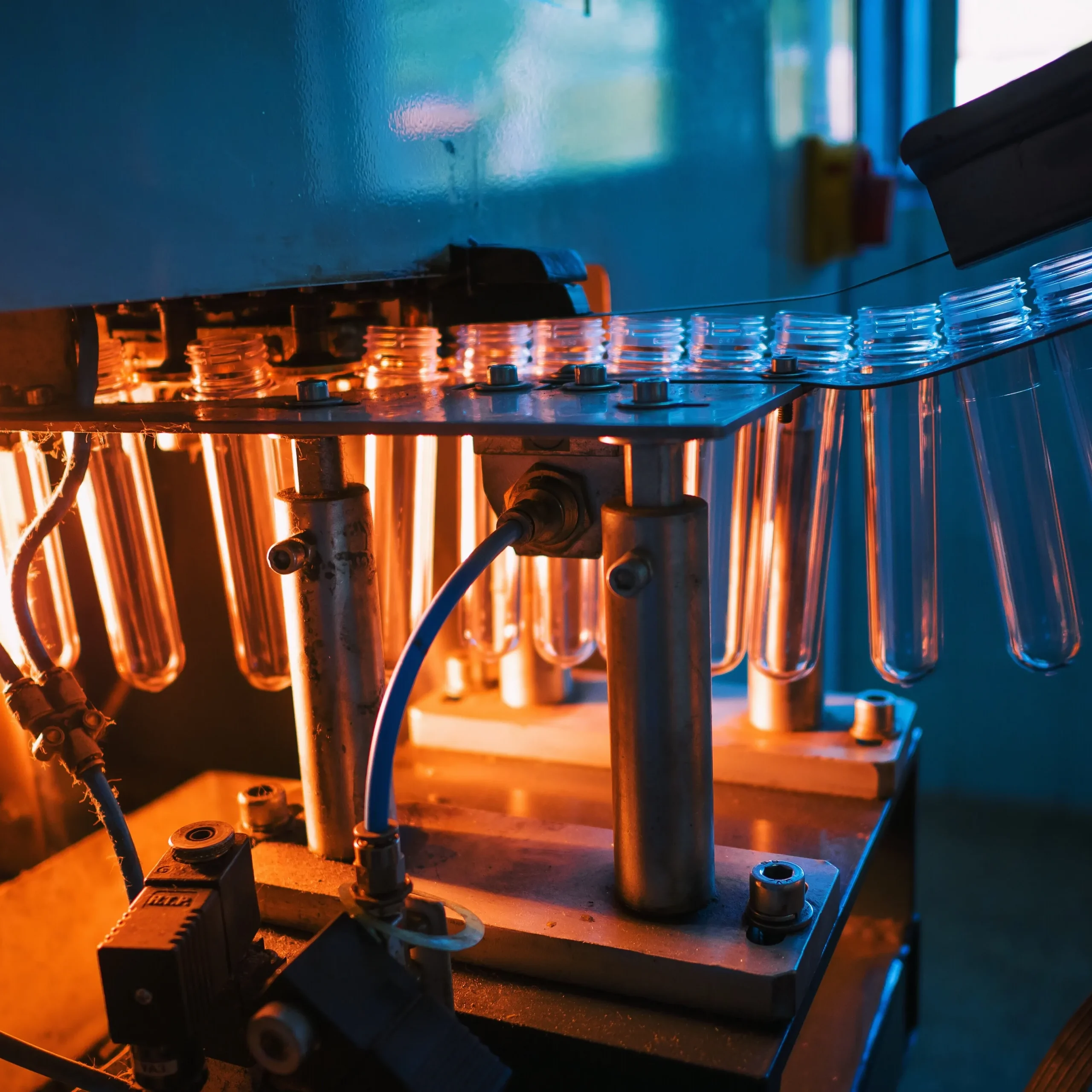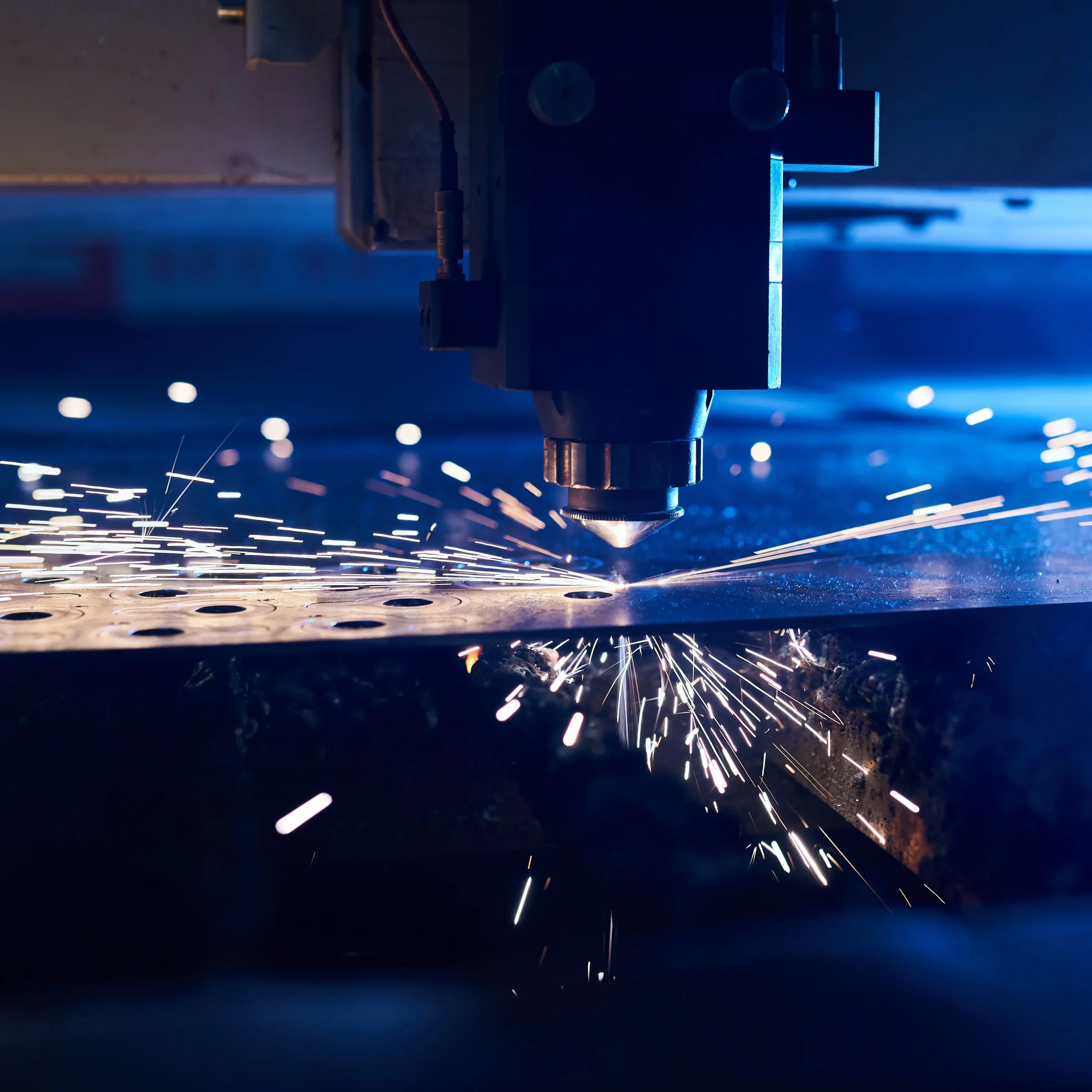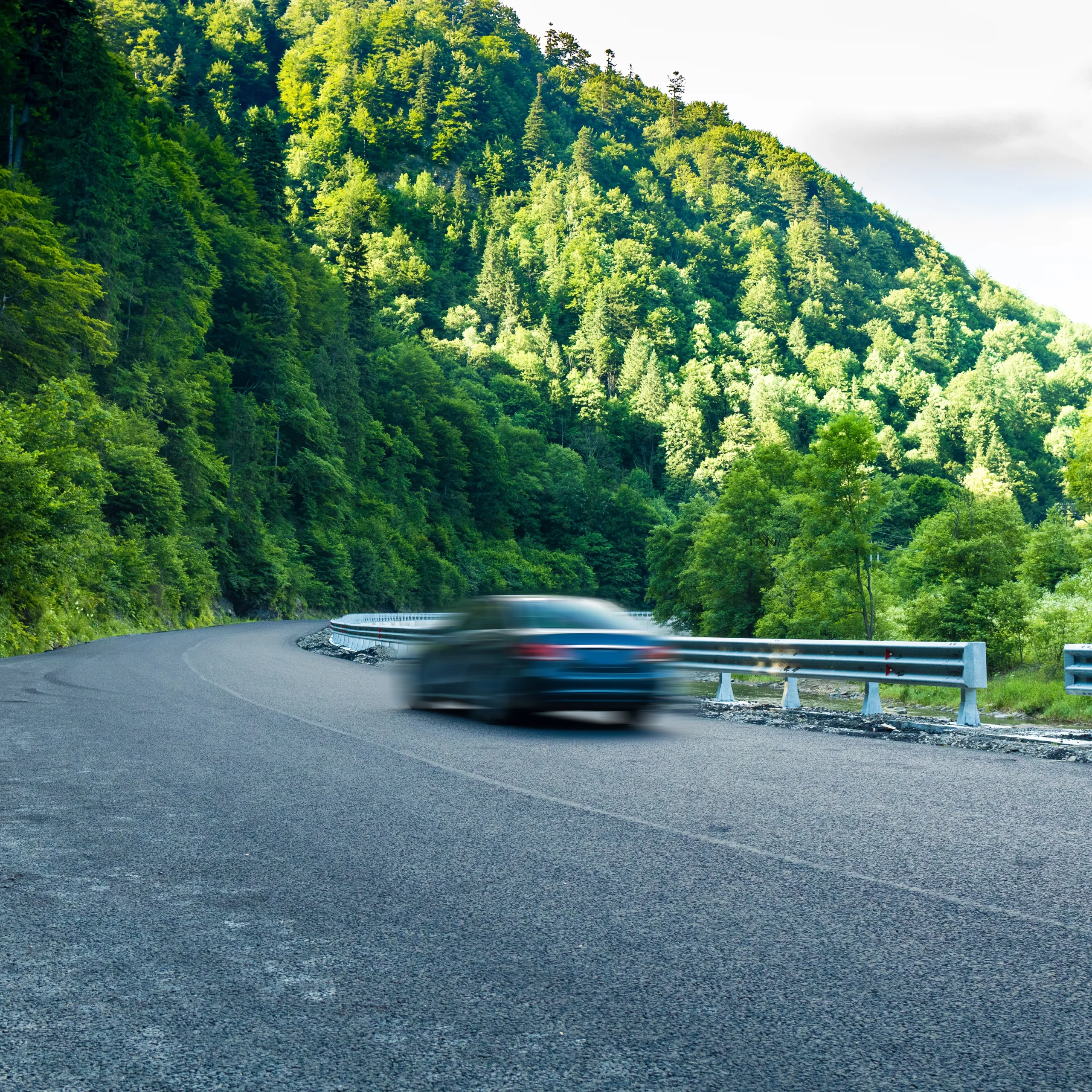Developing a modern inspection, measurement, or guidance system is no longer as simple as selecting an off-the-shelf camera and pointing it at a conveyor. Manufacturers are chasing ever higher speeds, smaller tolerances, and bigger datasets. Integrators are expected to deliver reliable results on compressed timelines, often while navigating multiple unfamiliar technologies at once. That is why KAYA Vision promotes an end-to-end industrial vision consultation workflow that moves a project cleanly from the first napkin sketch to a fully commissioned production line. By aligning custom machine vision design with the company’s portfolio of CoaXPress high-speed cameras and frame grabbers, customers remove guesswork, de-risk integration, and get to market faster.
Why Consultation Matters in High-Performance Imaging
Even seasoned automation teams can be surprised by the hidden complexity of image acquisition at gigapixel-per-second rates. Lens selection, illumination geometry, host-PC bandwidth, sensor noise, jitter, thermal management, regulated environments, and data storage all place competing constraints on the design. An expert industrial vision consultation lets stakeholders translate the language of mechanical engineering and factory control into clear imaging requirements. Instead of retrofitting hardware later, KAYA Vision analysts validate feasibility, establish quantifiable performance targets, and identify the optimal place to insert CoaXPress high-speed cameras within the process flow.
Step 1 – Requirement Discovery
The consultation starts with structured interviews in which project owners describe the object, defect type, takt time, and pass/fail criteria. Rather than capturing vague wishes, KAYA engineers convert them into technical specifications such as pixel resolution per millimeter, dynamic range, minimum exposure time, and allowable system latency. The Iron 4600, with its 43.8 mm diagonal sensor and up to 100 fps throughput, often surfaces as the reference camera for large field-of-view applications like battery electrode inspection or web surface analysis. At this point the customer also learns how synchronization and power delivery differ between classic coaxial links and the newer CoaXPress-over-Fiber ecosystem that KAYA Vision champions.
Step 2 – Technology Mapping
Armed with numerical requirements, the consultation team maps each need to a concrete product or design practice. A frequent outcome is a two-tier architecture: an Iron CoF camera head connected over SFP+ fiber to a Komodo III Quad CoaXPress-over-Fiber frame grabber. The camera combines low temporal noise with extensive on-board image processing, while the grabber provides PCIe 3.0 bandwidth and 4 GB of DDR4 buffering to shield the CPU from data floods. If the application calls for ultraviolet sensitivity, the Iron CoF 2020BSI-UV can be substituted without rewriting the host code because every device follows the GenCam standard. This hardware alignment during the industrial vision consultation stage eliminates later surprises.
Step 3 – Feasibility Testing and Proof of Concept
Talking about numbers is useful, but seeing real images is transformative. KAYA Vision operates an application laboratory where sample parts are captured under production-like conditions. Engineers swap lenses, wavelengths, and frame rates in minutes, comparing histograms and edge clarity live in the GUI that ships with the Komodo III. Because the grabber exposes Python and C APIs, scripts can immediately quantify defect detectability, giving the software team a head start on algorithm development. This iterative loop of capture, adjust, and measure is the heart of custom machine vision design. By the time the proof-of-concept ends, stakeholders possess annotated test reports that tie each requirement back to empirical evidence.
Step 4 – System Architecture and Data Flow
High-resolution sensors such as the 8320 × 5456 matrix inside the Iron 4600 generate up to 4.5 GB of data per second. Moving that payload from sensor to disk without dropping a frame requires more than a fast cable. During consultation, KAYA analysts design a deterministic pipeline that spans FPGA-based packetization in the camera, CoaXPress v2.1 error-checked transport, multi-lane DMA transfers inside the Komodo III, circular buffering in host RAM, and optional GPU offload. Because every component is built by the same vendor, firmware versions and register maps are harmonized from day one. Customers receive block diagrams that specify cable lengths, cooling requirements, and redundant storage arrays so procurement can proceed confidently.
Step 5 – Mechanical, Thermal, and Environmental Integration
CoaXPress high-speed cameras thrive on stability. Micron-scale shifts in focus or nanoseconds of clock drift can distort measurement. The consultation therefore covers mounting adapters, shock ratings, ingress protection, and passive heat sinks. For harsh sites, the Iron CoF 253 offers an optional IP67 housing while keeping power consumption below 4.5 W, making it ideal for outdoor vehicle inspection kiosks or dusty packaging lines. Fans, airflow, and PoCXP power budgets are calculated up front to avoid field retrofits. Even seemingly mundane choices such as selecting Micro-BNC versus fiber connectors become strategic decisions documented in the custom machine vision design file.
Step 6 – Software Development Kit Alignment
A major advantage of staying within the KAYA Vision ecosystem is the uniform SDK experience. GenCam XML files expose consistent node trees for the Iron 4600 and the Iron CoF variants, and the Komodo III supplies a GenTL producer that snaps directly into MATLAB, HALCON, or Python. During the industrial vision consultation meetings, application developers receive template projects showing how to configure Region of Interest, trigger delay, and real-time look-up tables. This proactive knowledge transfer collapses weeks of trial-and-error into a few days, ensuring that tight delivery schedules remain intact.
Step 7 – Pilot Deployment and Validation
Once hardware and code arrive on site, KAYA field engineers assist with pilot installation. Using the frame grabber’s 64-bit event timestamp, they verify that encoder pulses and exposure windows align even under variable conveyor speeds. If vibration deviates from the design envelope, the Iron 4600’s operational time counter and exposure-strobe diagnostics help pinpoint the root cause. Instead of waiting for catastrophic downtime, issues are corrected while the cell is still in pilot mode.
Step 8 – Scaling to Multi-Camera Arrays
Many projects start with a single inspection point and quickly evolve into multi-camera arrays. The Komodo III’s four fiber ports allow synchronized acquisition from up to four Iron CoF cameras with tightly controlled timing skew. During consultation, KAYA architects show how to chain additional frame grabbers across the PCIe fabric and distribute processing across CPU cores or GPUs. Line-scan and area-scan modes can even be mixed within the same card, future-proofing the investment.
Step 9 – Lifecycle Support and Upgrades
Custom machine vision design is not a one-time event; it is a living asset. Regulations change, defects evolve, and throughput targets rise. KAYA Vision offers firmware updates, replacement modules, and roadmap workshops so that systems stay competitive. Because every significant design decision was captured during the original industrial vision consultation, upgrading from 10-bit to 12-bit output or moving from CXP-6 to CXP-12 signaling can be executed with minimal retesting.
Cost and Time Savings Quantified
Companies that embrace structured consultation report measurable savings. A consumer electronics maker recently reduced prototype iterations from five to two by basing its design on an Iron 4600 plus Komodo III bundle tested in the KAYA lab. The accelerated development shaved eight weeks off the schedule and cut capital expenditure by 15 %, mainly by eliminating surplus lighting and storage that proved unnecessary after empirical testing. Similar gains in automotive part traceability, pharmaceutical blister inspection, and food sorting have been documented.
